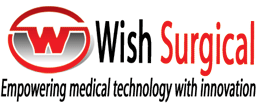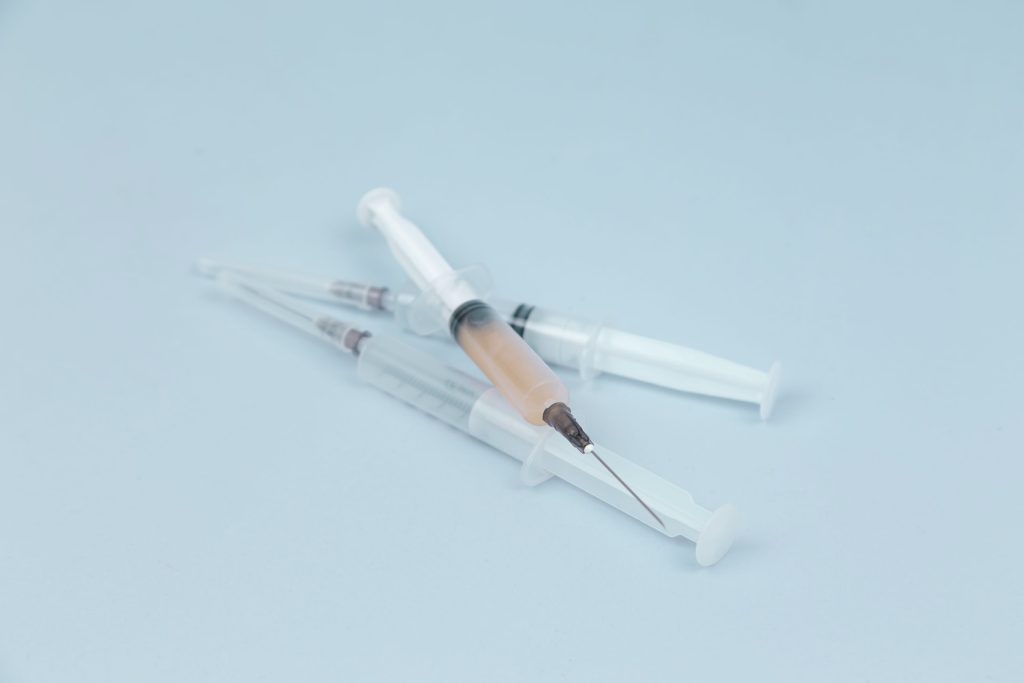Oral & Maxillo Facial Instruments
Surgical Instruments: A Comprehensive Guide
Surgical Instruments: A Comprehensive Guide
Introduction: The surgical instruments are tools that are used by the medical professionals to perform different types of surgical procedures. These instruments come in different shapes, sizes, and designs, and each of them has a specific function.
Classification of Surgical Instruments:
- Scalpels and knives: These are sharp instruments that are used to make incisions and cuts. They come in different sizes and shapes, and some of them have retractable blades.
- Forceps: Forceps are used to hold and manipulate tissues during surgery. They come in different shapes and sizes, and some of them have locking mechanisms to grip the tissues securely.
- Retractors: Retractors are used to hold the tissues apart and provide exposure to the surgical site. They come in different shapes and sizes, and some of them have adjustable arms to adapt to the anatomy.
- Scissors: Scissors are used to cut through tissues and sutures. They come in different shapes and sizes, and some of them have serrated edges to grip the tissues securely.
- Needle holders: Needle holders are used to hold the needle during suturing. They come in different shapes and sizes, and some of them have locking mechanisms to grip the needle securely.
- Suction devices: Suction devices are used to remove fluids and debris from the surgical site. They come in different shapes and sizes, and some of them have adjustable suction pressure to adapt to the procedure.
- Electrosurgical instruments: Electrosurgical instruments are used to cut, coagulate, and dissect tissues. They come in different shapes and sizes, and some of them have adjustable power output to adapt to the procedure.
Conclusion:
Surgical instruments are essential tools that are used by medical professionals to perform different types of surgical procedures. Each instrument has a specific function, and they come in different shapes, sizes, and designs. It is crucial for the medical professionals to be familiar with the instruments and their functions to ensure a successful surgical outcome.

